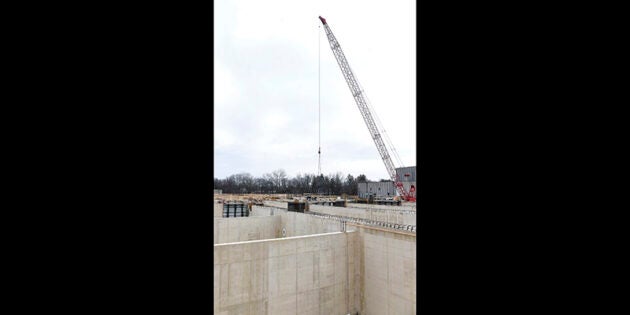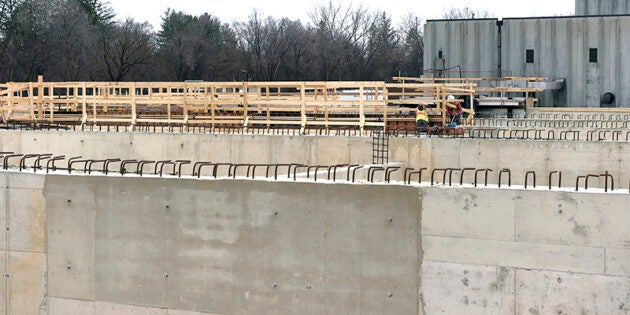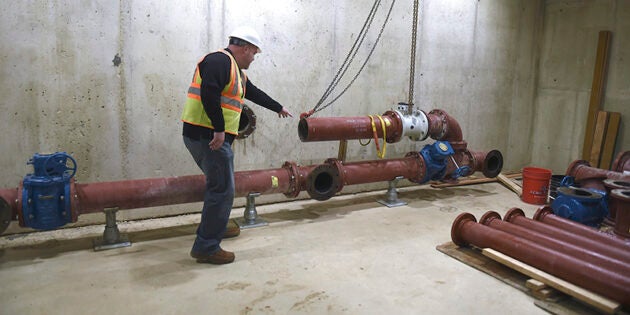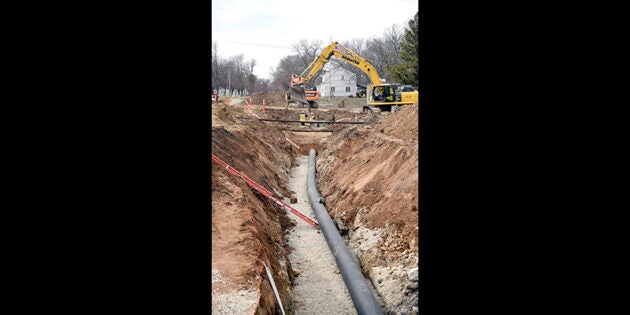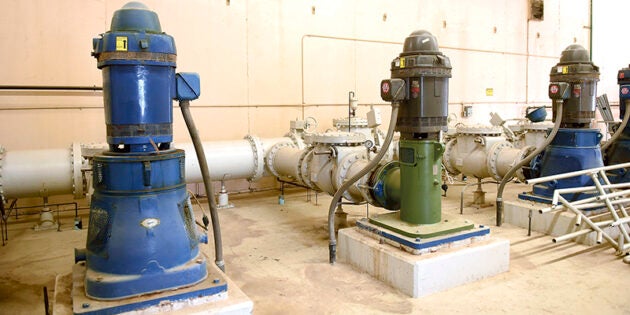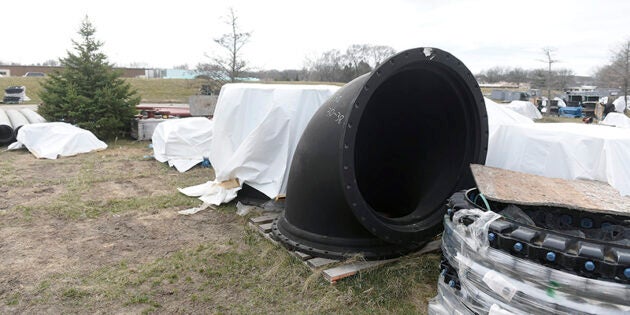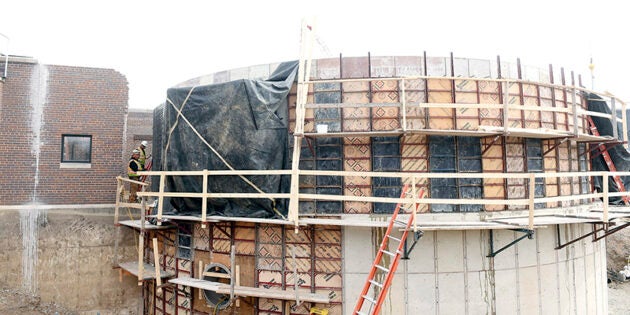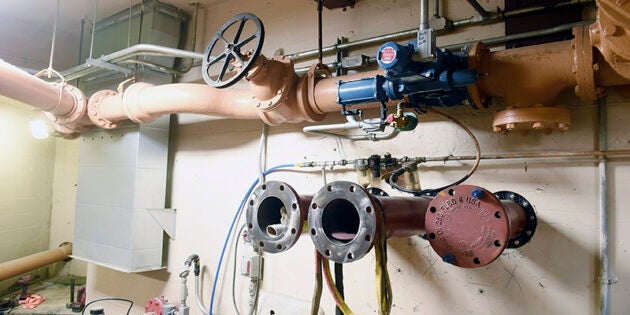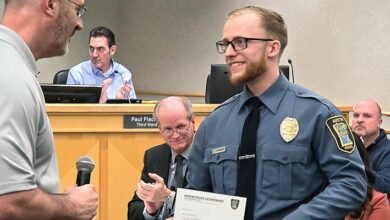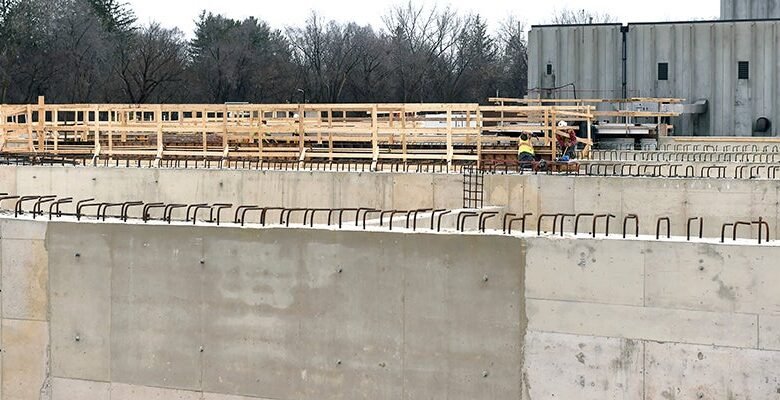
Plant project a year in
Published 8:00 am Saturday, March 16, 2024
1 of 8
Complexity of project shown as wastewater plant construction begins entry into second of three-year project
Just a year into Austin’s $100 million Wastewater Treatment Plant project, Austin City Engineer Steven Lang, along with plant supervisor Chad Heard and Maintenance Supervisor Clint Purkapile, gave a look into the complexity of the project.
Moving into the second year of the three-year project, concrete for most of the plant’s aeration basin has been poured. The basin is expected to go active this summer, and be fully completed by the fall. The next steps include the start of demolition of existing structures.
“Where we’re at for the $100 million is about 38% when you look at what we’ve paid out to contractors, so we’re tracking for about a three year project: one-third, one-third, one-third,” Lang said.
It’s been a long hall just to get to this point, with the project beginning to take shape through feasibility studies dating back to 2016-17, just prior to when the state started handing down mandates that cities would need to meet regarding wastewater treatment plants.
With the intention of reaching cleaner water standards, the measures put pressure on cities to update aging plants, often times before cities were ready to make improvements.
For Austin, that meant remodeling its wastewater plant, which dates back to October 1925 when the city’s new plant came online at a price tag of $225,000. At the time, it was the largest wastewater plant in Minnesota.
Over time the plans to remodel the plant worked into four different areas: Replacement of existing structures, construction of new structures, renovation of some buildings and complete demolition of still others.
“Cost wise, when you look at the $100 million, it’s 50-50, maybe skewed to those new buildings and maybe a little more than that,” Lang said.
Construction started in March of 2023, after nearly 10 years of planning and delays as the city, like everyone else, had to cope with the COVID-19 pandemic.
However, now things are progressing steadily and throughout the plant’s complex, work can be seen adhering to a precise coordination to maintain current flow rates.
“We’re definitely impacted,” Heard said. “We have less time with our crew. We rely on our crew to be more self-sufficient and adjust to go above and beyond and get things done.”
The project is a complex one, laid out for anybody visiting the site to see as Rice Lake Construction and its subcontractors work to connect the new components to existing structures in order keep not only the plant running, but to keep it the project on track to completion.
Led through the plant by Lang, Heard and Purkapile, that complicated network of construction is laid bare.
“We can talk about concepts with Gov. Walz or with others that come here, but to actually see it and the scale of it and the understanding of how many things are impacted, that is what is — early on in the planning process — hard to really grasp,” Lang said. “And then you get into construction and you see a web of how everything overlaps and is interconnected, that is what really opens your eyes to the complexity of a project like this.”
While work touches on all levels of the plant, it is more heavily focused on the middle and end processes of flow through the plant. For instance, six pumps, capable of 75-150 horsepower each, once completed, will be pushing flow through the complex system of purification.
Another change will come with how the plant treats waste, relying more on chemicals that will be used up in the process, rather than a natural system of treatment.
“There’s a lot of science behind it,” Heard said. “Our current plant isn’t chemical dependent. It’s mostly biological. The newer plant will have a lot of chemicals behind it.”
When the project is completed, it will be able to handle two million gallons more of flow, which will account for both community and industrial/business growth.
“We will be able to treat and clean the water more effectively to make current day effluence standards,” Lang said. “It will reduce our maintenance of those pieces of infrastructure that are 80 years old. Our resilience will be improved by having new, more current pumps and equipment.”
Not that there haven’t been challenges. Even though the price of the plant has been locked in and won’t be affected by inflation, there has still been a slight increase in cost through change orders, but they have only accounted for a 1% increase, or $1.1 million, which still tracks well under the average of 5% in change orders the state estimates for projects such as these.
The project is also still waiting for some parts to become available, but mostly those are relegated to electrical parts, something many projects similar to Austin’s are seeing across the state.
Construction wise, work is also dealing with the unknown beneath the dirt in the form of natural impediments as well as parts of older structures and piping.
“That’s really every day around here,” Heard said. “The original part of the plant was built in the mid to late 20s. Another main addition was built in 1938. We do have those plans, but the plans aren’t as detailed as they are now.”
However, construction has enjoyed the benefits of a mild winter.
“Weather’s been great,” Lang said. “You think of this winter, a contract would have to use X amount of time moving snow to get to their materials that they want or use or work they want to do. They’ve moved very little snow.”
Even though it’s been a long process just to get to this first year of construction, Lang said he hesitatingly optimistic.
“It’s good to know that we’re closer to the end,” he said. “You also know that there are a lot more headaches to come just in the interim two years when we start impacting the existing flow stream. We know things are going to get tight and we’re going to have watch numbers really close and just a ton of coordination is still needed to get to that end point.”
Source link

